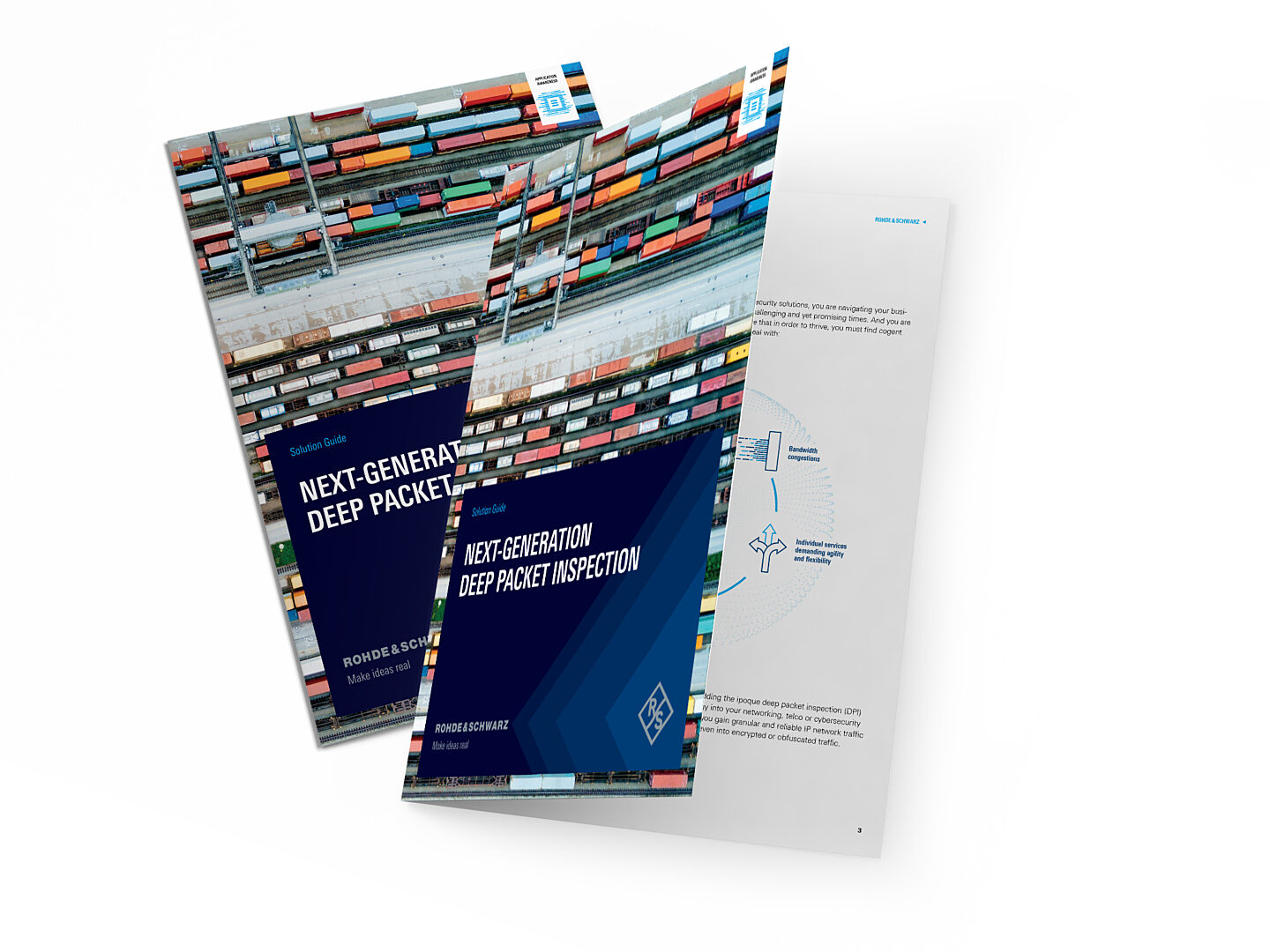5G comes with a lot of promises, including unlimited bandwidth and unrivalled speeds. Today’s mobile users expect 5G to deliver rich and highly interactive content seamlessly on their devices — whether it’s HD video streaming, online gaming or a virtual reality application — as they move around their familiar environments and beyond.
Why HetNets?
In the context of a heterogeneous network (HetNet), where an operator runs a network of networks, 5G often works in parallel with other last-mile access technologies. In HetNets, multiple access technologies are bridged to create a deeper and broader network coverage. Access networks can take the form of macrocells (3G, 4G and 5G radios), small cells (pico-, femto- and microcells), distributed antenna systems (DAS) and operator Wi-Fi access points. Traffic from these various access networks converges at local aggregation points before being backhauled to the core and routed to the internet.
In HetNets, access networks essentially overlap each other. This enables traffic offloading, a process in which the operator routes user traffic from one access point to another on a different access network based on network and usage policies. Traffic offloading is a significant feature for managing mobile traffic in densely populated areas and locations with seasonal traffic peaks.
The development of HetNets is closely tied to the evolution of both mobile and fixed networks. Operator Wi-Fi hotspots, for example, are provided in city centers, commercial districts and specific venues such as stadiums, convention centers, transportation hubs and airports. Apart from spurring the use of an operator’s Wi-Fi mobile services, these hotspots help shift mobile traffic to the operator’s fixed networks, alleviating the burden on mobile base stations to handle increasing traffic.
In other HetNet scenarios, operators run 2G and 3G legacy networks alongside LTE and 5G. Such coexistence can be attributed to factors such as sunk costs, legacy plan contracts, capacity optimization, operator monetization strategies and the extended time lag before a new network is available nationwide. Offloading from 5G to LTE or LTE to 3G is common in these scenarios, as user traffic transitions from congested to available networks.
In areas with denser development, such as city centers with multistory skyscrapers, multilevel highways and underground transportation, concrete structures and space constraints limit macrocell coverage. In these areas, operators offload traffic to either small cells or DAS, both of which can be deployed more flexibly on buildings and common urban structures such as bus stops and lamp posts. Offloading in this scenario takes place between macrocells, small cells and DAS.
Making way for better offloading decisions
Underpinning traffic offloading decisions between these various access networks is real-time network visibility and application awareness provided by tools such as R&S®PACE 2. R&S®PACE 2, a deep packet inspection (DPI) software, provides an in-depth view of the traffic on a mobile network — whether it is at the access, transport or core layer — via traffic classification and metadata extraction. This enables operators to decide on how, what and when to offload.
Traffic classification by R&S®PACE 2 enables identifying applications. Applications that are latency-sensitive, such as autonomous driving, can be impaired by inefficient switchovers under blanket offloading rules where traffic is shifted back and forth between available networks. At the same time, applications that are bandwidth-intensive but not latency-sensitive, for example, video streaming, video calling or file downloading, can be offloaded at the first available opportunity, freeing up capacity on the mobile network. Both scenarios call for intelligent mobile traffic offloading where offloading is based on the type and specific attributes of an application, for example, a video call on a chat application.
Intelligent offloading also extends to other access nodes such as small cells. In a demonstration by research engineers at Intel Lab, the integration of R&S®PACE 2 into their “Smart Pipe” server deployed in small cells enabled identifying specific applications and traffic types in real time. This allows offloading traffic to other access points such as available macrocells and operator Wi-Fi hotspots or vice versa, making it possible to prioritize selected applications such as Skype and YouTube and to better manage traffic in crowded commercial districts and clusters of high-rise residential buildings.
R&S®PACE 2 also provides metadata extraction, which enables mobile operators to determine the state of the network at each access node. This includes information on bandwidth consumption, speeds, latency and jitter. Access nodes experiencing high congestion, sudden traffic peaks or physical issues such as power outages or hardware breakdowns can be identified before service degradation becomes obvious. Routing traffic to alternative nodes using information from DPI enables operators to even out traffic peaks and dips and maximize network capacity, leveraging all existing infrastructure while ensuring consistent service quality for the user.
Separation of classes
Interestingly, R&S®PACE 2 goes a step further in facilitating decisions on mobile data offloading by identifying the generic devices in use. Leveraging this information and combining it with user and device information provided in protocols such as GTP, operators can design their traffic management policies to prioritize connection for users on premium plans and provide higher quality of service (QoS) by directing them to routes with the highest speeds and by optimizing content for the devices used. Similarly, users subscribed to mobile plans with free Wi-Fi access are correctly and promptly identified and routed to Wi-Fi hotspots as soon as these become available, saving the subscriber charges on data usage.
Not all traffic is good traffic
Combining traffic classification and support for anomaly detection, R&S®PACE 2 provides timely input that can be used by network security functions such as firewalls and intrusion detection and prevention systems to manage and prevent cyberattacks on the network. R&S®PACE 2 gets to the bottom of such attacks by identifying the generic devices in use, the intensity and the frequency of such attacks. For offloading decisions, these insights are crucial. They allow mobile operators to determine correctly and promptly if they are dealing with suspicious and anomalous traffic and whether such traffic should be offloaded to a less congested network, routed through additional firewalls or blocked altogether.
With its capabilities to analyze traffic and support anomaly detection, R&S®PACE 2 plays another key role in traffic offloading. It provides real-time traffic insights that operators can use to automate the authentication of users connecting to their Wi-Fi hotspots. More specifically, information from deep packet inspection helps operators secure Wi-Fi access points from malicious traffic, denial-of-service (DoS) attacks, illegal tethering and other fraudulent uses. In the case of 5G offloading, DPI goes a step further by providing the information necessary for the instantiation of the correct Wi-Fi QoS slice. A low-latency Wi-Fi slice, for example, has to offer instant authentication and accelerated processing to ensure consistent mobile performance on an end-to-end basis.
In many ways, DPI perfects mobile data offloading. It provides the information necessary for smart decision making, driving network efficiencies and optimization. Long-term data provided by deep packet inspection can be adapted into improved policies for offloading, incorporating the frequency, intensity and application usage trends at each access node. It paves the way not only for enhanced mobile network performance and coverage but also for making offloading barely noticeable and highly seamless for every mobile user.








